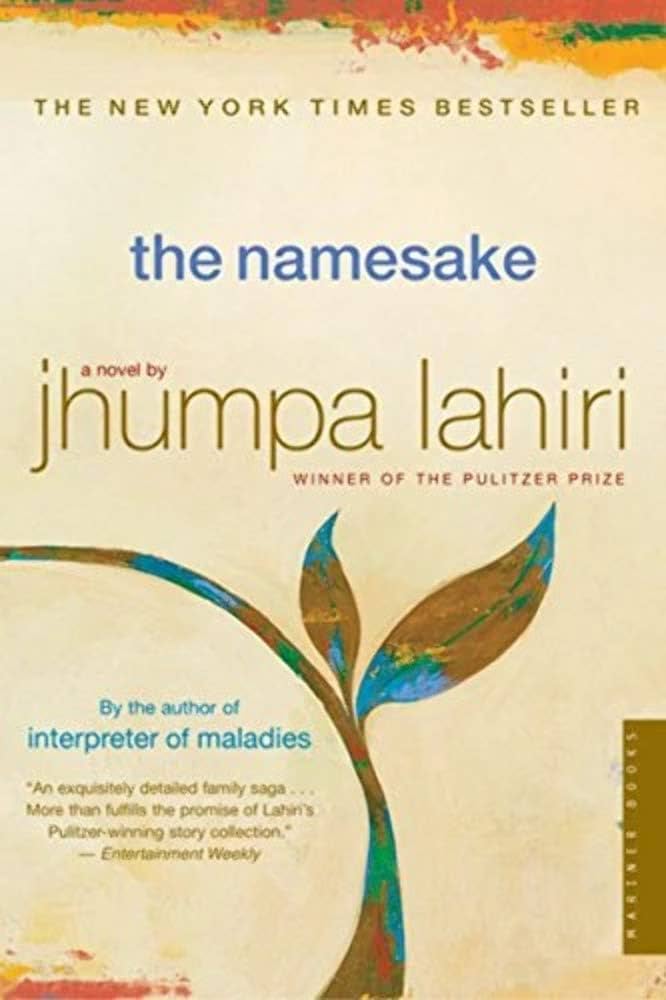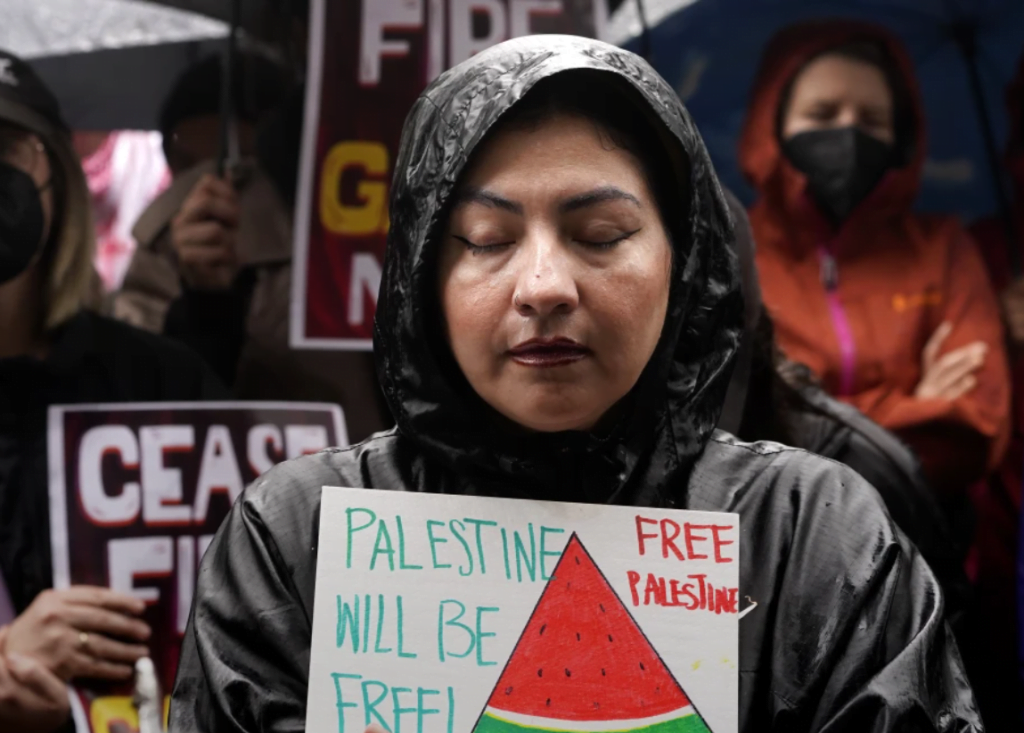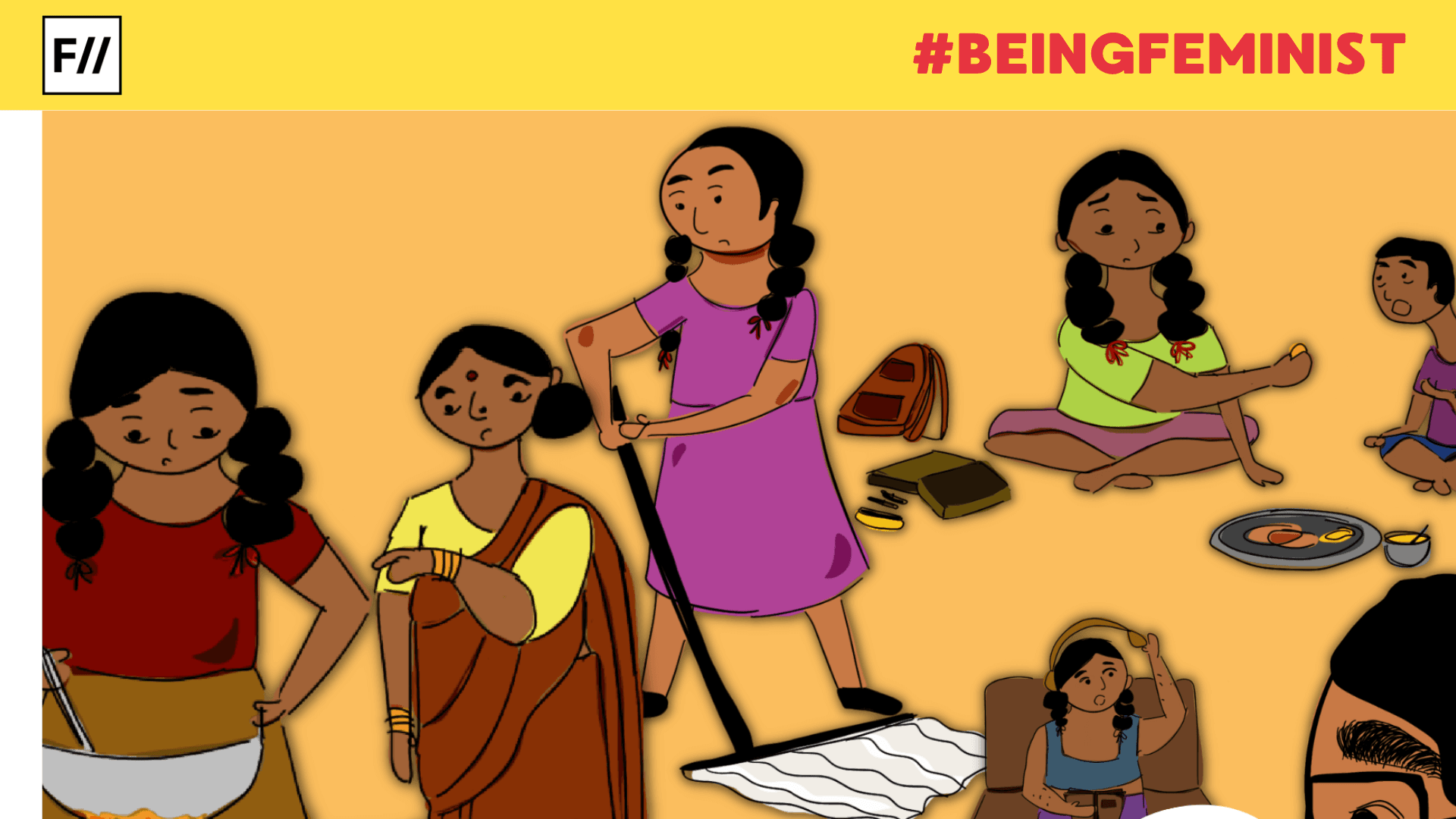Food is an indispensable part of a community’s cultural consciousness. Around the tables of immigrant families, food transforms into a potent symbol, serving as manifestations of distant homelands. The physical and sensorial process of eating connects the individual to their community in several, crucial degrees.
In immigrant narratives, it is often descriptions of food that evoke the strongest memories within displaced people. Emotions are frequently exemplified through spanning metaphors of small hungers and great traditions. The stomach is not isolated from the heart or the brain.
Madhur Jaffrey, in her memoir Climbing the Mango Trees, writes, “Births, deaths, illnesses, caste, and creed had woven their way through the flavours like tenacious creepers, and yet, somewhere in my depths, each bite, each taste of all I had eaten, lay catalogued in some pristine file, ready to be drawn up when the moment was ripe.” Jaffrey is essentially implying that food sits at the locus of familial and social relations, effectively shaping the immigrant identity. Food memory, then, holds the immense power to transport the consumer not just through time, back to their childhood, but also across space, to their motherland.
Many immigrant creators have used literature and popular media as outlets to express their identity. Additionally, in accounts of displacement and decolonisation, food serves as a dynamic medium of resistance. Cultural heritage and ancestral knowledge are preserved through the intergenerational transmission of cooking techniques, family recipes and traditional methods of consumption. By talking about food and recollections of home through passages that liken displacement to the hungers of a bottomless stomach, these authors claim their multidimensional identities.
However, immigrant fiction is fraught with complexities and tensions unique to the genre. Food memory in these narratives, writer and lecturer Jessica Yu identifies, “has its own constellation of cliches all of which can and have been commodified, translated into English, sentimentalised on the internet.” Readers are intimately familiar with the image of the stoic father, expressing his love through the quiet gesture of buying his children their favourite fruit. Or the italicised word in the writer’s mother tongue, distinct narrations of steaming rice and cut fruits, the shy rustle of banana leaves in monsoon, and the exacting comfort of a family that relies on food to communicate their love to each other. The difficult immigrant family has become a commodifiable trope – a romanticised cliche, that draws in a fairly large audience.
In the bounds of literature, film, and other media, food memory is a trope that may sometimes be used superficially to appeal to broad audiences or to fit into familiar notions about certain cultures. Grandmothers and mothers fill kitchen spaces, becoming the inevitable, exotic “other.” Here, women find themselves shouldering the responsibility of keeping traditions alive. Their anxieties are inextricably intertwined with the vast difference between their cultural memory and those of their children. It is the immigrant mother who constantly finds herself attempting to cleave the gulf between the old and the new, and it is no surprise that she does this primarily through the means of food.
The Immigrant Woman’s burden: maternal kitchens in diasporic fictions
The Namesake, written by Jhumpa Lahiri, confronts the cultural push-pull within which the female immigrant body operates. Lahiri depicts the insurmountable concerns of the dislocated Ashima Ganguli from the very beginning. As she stands in the kitchen of her Central Square apartment, bent over a concoction of Rice Krispies, Planters, peanuts and chopped red onion, combining ingredients and tasting it from her cupped palm, a pregnant Ashima is attempting to gastronomically evoke her home. However, she immediately discovers that “there’s something missing.”

Instantly aware of her present reality, Ashima has to encounter the difficult duality of her identity. Food memory is fickle. It is impossible to regenerate taste. While re-presentations of a recipe are certainly possible, trying to accurately recreate a transient taste experience is an improbable endeavour. Her pregnancy further symbolises the dichotomy of her diasporic existence on a physical plane. Hers is an immutable pregnancy unique to immigrants – “a perpetual wait, a constant burden, a continuous feeling out of sorts.” She cannot recall home through her favourite Bengali snack jhalmuri, neither can she fully assimilate into their adopted land.
Lahiri uses food and consumption practices to reveal the interiority of her characters. In The Namesake, Ashima is seen negotiating complex expectations while living in the diaspora. The mother stretches to become the meditating bridge between both cultures. In these instances, immigrant women turn to cooking in pursuit of belonging. Critic Anita Mannur classifies these women as cultural brokers, “whose bodies and lives have been drawn by their labour within food preparation.”
For their second-generation immigrant son Gogol, India is frequently revealed through his mother’s efforts in food preparation. As Gogol yearns for the relaxed and minimal American style of consumption, he parallelly remembers his mother’s table “lined with a row of serving bowls so that people could help themselves” and her determination to ensure guests are fully fed.
The diasporic author often finds themselves appealing to the White gaze. These written and visual media position patriotism to their home country at the apex of their motive. Madhur Jaffrey, for instance, writes about “authentic” Indian culture for a predominantly white audience. Simultaneously, her prose, among other memoirs and cookbooks, also guides immigrant Indians in their efforts to transform their homes into sacred spaces that reflect the spirit of their nation’s culinary orientation.
Most frequently, women are tasked with upholding the structure of home life. As the home of the immigrant became the nexus of nationalistic exhibitions where a version of their home country is repeatedly imitated, mothers and wives become increasingly associated with their roles in the domestic cultural economy. Partha Chatterjee argues, “The home was the principal site for expressing the spiritual quality of the national culture, and women must take the main responsibility of protecting and nurturing this quality. No matter what the changes in the external condition of life for women, they must not lose their essentially spiritual (i.e. feminine) virtues; they must not, in other words, become essentially westernised.”
The eternal nostalgia of motherland
Pakistani American author Sara Suleri, in her memoir Meatless Days, elaborates on the immigrants’ undying need to halt cultural memories. This nostalgia propels them to religiously observe “such matters as the eating habits of the motherland.” But in these memories of Pakistan, Suleri recounts her coming-of-age experience by observing the women in her family.

Sara’s culinary memories of Pakistan are linked to her mother in the kitchen. She says, “the concept of woman was not really part of an available vocabulary: we were too busy for that, just living and conducting precise negotiations with what it meant to be a sister or a child or a wife or a mother or servant.” When she claims culinary affinity with Pakistani cuisine, she has to concurrently acknowledge the gender roles that accompany reminiscences of such nationalism.
In the 2012 Bollywood film English Vinglish, the protagonist Shashi independently executes all domestic chores, including and especially, cooking for her family. She communicates her love best through the dishes she makes. Sustained shots of her preparing the morning tea, making elaborate breakfasts and rolling laddoos, all accrue to indicate the inseparability of Shashi’s identity from the kitchen.
Later in the story, Shashi travels to New York for her niece’s wedding. Once again, it is the disparity in the cuisines of the foreign land and her country that heightens her sense of alienation. Shashi’s is a temporary displacement, yet, her nostalgia for India is realised through making and sharing Indian food.
In accounts of migration and diasporic dislocation, food takes on multiple meanings. The consumption of ethnically coded food transcends its role as a cultural practice linked to kinship and ritual, representing a long-standing commodity in global trade and commerce. Consumption, then, also comes with colonial burdens.
India’s history witnessed the oppressed striving for autonomy from the rule of colonial forces that profoundly permeated every aspect of their daily lives. This history elicits strong connections to food and culture, resulting in what Anita Mannur calls “culinary citizenship.” Culinary citizenships demand the diaspora to assert their identity through food and consumption habits, thus complicating the very process of assimilation.
Culinary Citizenship and Decolonisation: Food Narratives as Resistance
Colonisation thrives within the logics of denial and dehumanisation. When food is denied and culinary practices are dehumanised and regulated, they become stronger markers of a community’s identity and existence. Popular imagination powered by media narratives associates migrants and refugees with hunger and scarcity. Food and its lack, in these instances, is a markedly political issue.

In the ugly face of colonisation, a new genre of writings emerged expressing a desire for autonomy and resisting denial of food through the proliferation of refugee recipes.
Cookbooks such as Soup for Syria: Recipes to Celebrate our Shared Humanity, The Gaza Kitchen: A Palestinian Culinary Journey by Laila El-Haddad and Maggie Schmitt and Cooking a Home: A Collection of the Recipes and Stories of Syrian Refugees by Pilar Puig Cortada combine recipes that serve as reminders of old and established traditions. In these books, women occupy central positions as custodians of national identities and solidarity. These stories are methods of subverting domination through food. In evoking not only recipes but the act of eating and sharing meals in shared spaces, cultural memories are revived and distinctive culinary citizenships are claimed.
Food is never merely a method of self-identification, but also a very clear opposition to dehumanisation through a declaration of refugee humanity.
Today, Palestinians worldwide are using the watermelon as a symbol of hope and resistance. A key ingredient in many dishes, the red, green, black and white of the fruit represent the colour of the Palestinian flag. With many social media platforms censoring and shadowbanning creators and activists, art and writing featuring watermelons have gained traction online.
Graphic designer Sara Jamil, whose watermelon illustration garnered attention on social media, told Scroll that “People will always find a way to express themselves, sitting so far, they can’t do much. Hence, they connected with the issue through small actions like these.” As images of the split watermelon spill messages of resistance, food becomes a powerful way of talking about all kinds of things, imbued with political significance and capable of granting liberation.
About the author(s)
Gayathri S (she/her) is currently pursuing her master's in English. With a deep-rooted love for literature and writing, she hopes to streamline her interests towards a career in journalism. Alongside her studies, Gayathri has gained practical experience through internships in content writing, editing, and research. These opportunities have strengthened her commitment to impactful storytelling and managing projects aligned with broader social goals. Gayathri looks forward to merging her passion for writing with journalism, where she can explore and report on diverse narratives.





